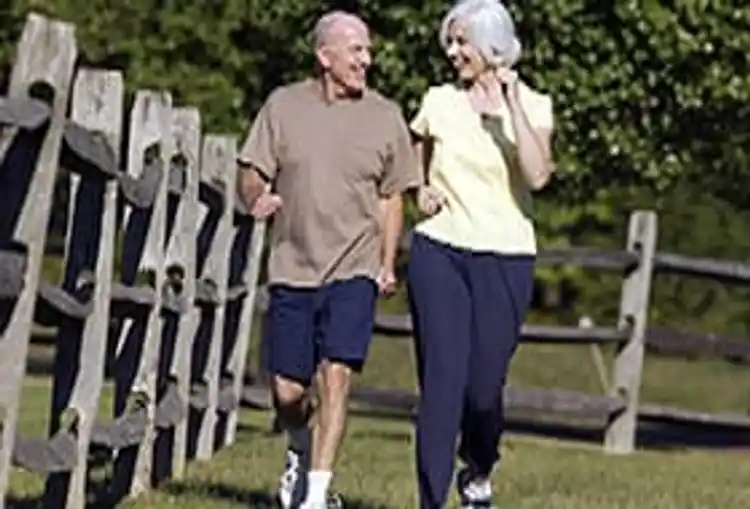Exercise and Osteoporosis

Hide Video Transcript
Video Transcript
Narrator
What is the role of exercise in preventing osteoporosis? Ethel Siris, MD
The role of exercise I think differs, depending on how old you are. When you're still building your skeleton, exercise will promote greater skeletal growth. When you have finished growing your skeleton, lifelong exercise will keep your body stronger, your muscles stronger, your balance and coordination better, so that when you're elderly, you will be less frail, hopefully, and less likely to fall. Or if you do fall, able to fall in a way that's less likely to break a bone. So it's a way of trying to prevent frailty when you're old. It's pretty tough if you're 70 and told you have osteoporosis and that you have to start exercising to start exercising at 70. It's much better to have a lifelong habit of being physically fit. Narrator
Is there a particular type of exercise that I should attempt to protect myself? Ethel Siris, MD
The exercise differs again, depending on how old you are. When you're a kid, weight bearing exercises, you know, anything that gets you running, gets you moving, playing sports. All of that is very, very good. And that's certainly true through your 50s and your early 60s. Anything that involves, you know, moving, walking. Now swimming is not a weight bearing exercise, but it certainly does improve strength, so there's value there too. But we like weight bearing exercises. Now if you're 70, and you've already broken two vertebra, we're not going to tell you to go jogging. Uh but, we want you to walk. So in older women who've already got low bone mass or who maybe have good bones and they, they just want to be physically fit, we would still want to do things that weren't overly high impact. So walking is a wonderful exercise, you know, if you want to carry a couple of two pound weights and move your arms a little bit. In elderly women who are very frail, we do recommend weight training, very, very valuable, again for strength, but you do have to do it the right way. You don't want an elderly woman who has already broken a bone to do a lot of bending, what we call flexion of the spine, because we might break something in the process. You want to do the kind of exercise that's safe, at every age. 